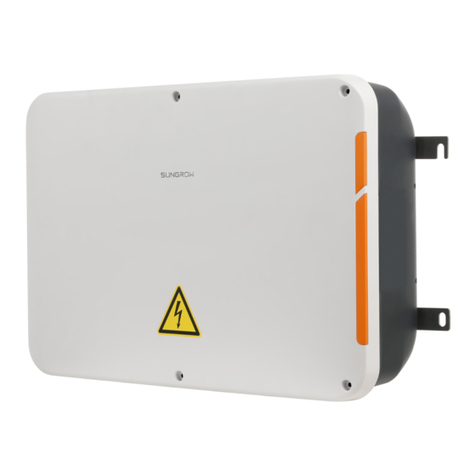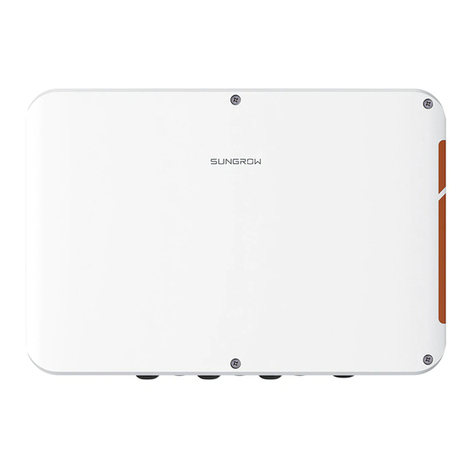Contents
1About This Manual..............................................................1
1.1 Validity.......................................................................................1
1.2 Contents....................................................................................1
1.3 Target Readers..........................................................................1
1.4 How to Use this Manual ............................................................2
1.5 Others .......................................................................................2
1.6 Symbol Explanation...................................................................2
1.7 Figures Explanation...................................................................3
2Safety Instructions..............................................................4
3Product Description............................................................7
3.1 System Introduction...................................................................7
3.2 Main Features ...........................................................................8
3.3 Demonstration of the Type ........................................................8
3.4 Dimensions ...............................................................................8
3.5 Identifying the PVS....................................................................9
4Mechanical Installation.....................................................10
4.1 Scope of Delivery....................................................................10
4.2 Installation Site Requirements.................................................10
4.3 Installation Tools......................................................................12
4.4 Installing PVS..........................................................................12
5Electrical Installation ........................................................14
5.1 Internal Structure.....................................................................14
5.2 Waterproof Terminals ..............................................................16
5.3 Wiring Preparations.................................................................17
5.4 Connections ............................................................................18
5.4.1 Input Connections ...................................................................18
5.4.2 Output Connections.................................................................21
5.4.3 Grounding Connections...........................................................24
5.4.4 Communication Connections................................................... 25
5.4.5 Bottom Wiring.......................................................................... 27


































